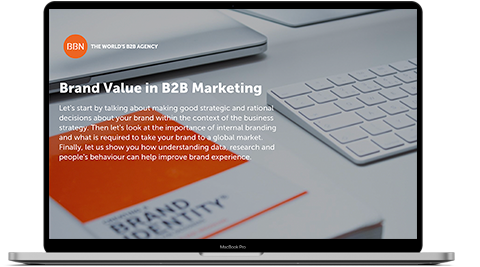Posted by BBN Central on 19th Jul 2024
Deja Vu in Marketing: Bridging the Gap between CFOs and CMOs
A recent survey reveals a 30% confidence gap between CFOs and CMOs in marketing's revenue potential. This article explores why this gap exists and how marketing leaders can reclaim their influence.
READ MORE








